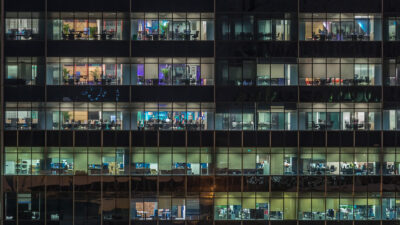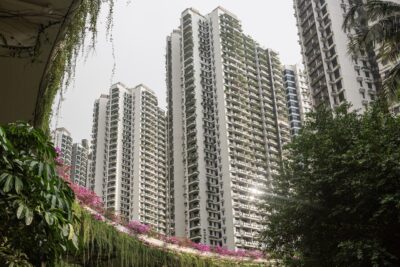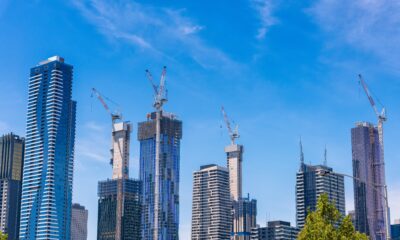A multi-faceted living solution in the heart of Bangkok
Thailand’s greying population and tradition of intergenerational engagement are key factors in the conceptualisation of Mulberry Grove Sukhumvit
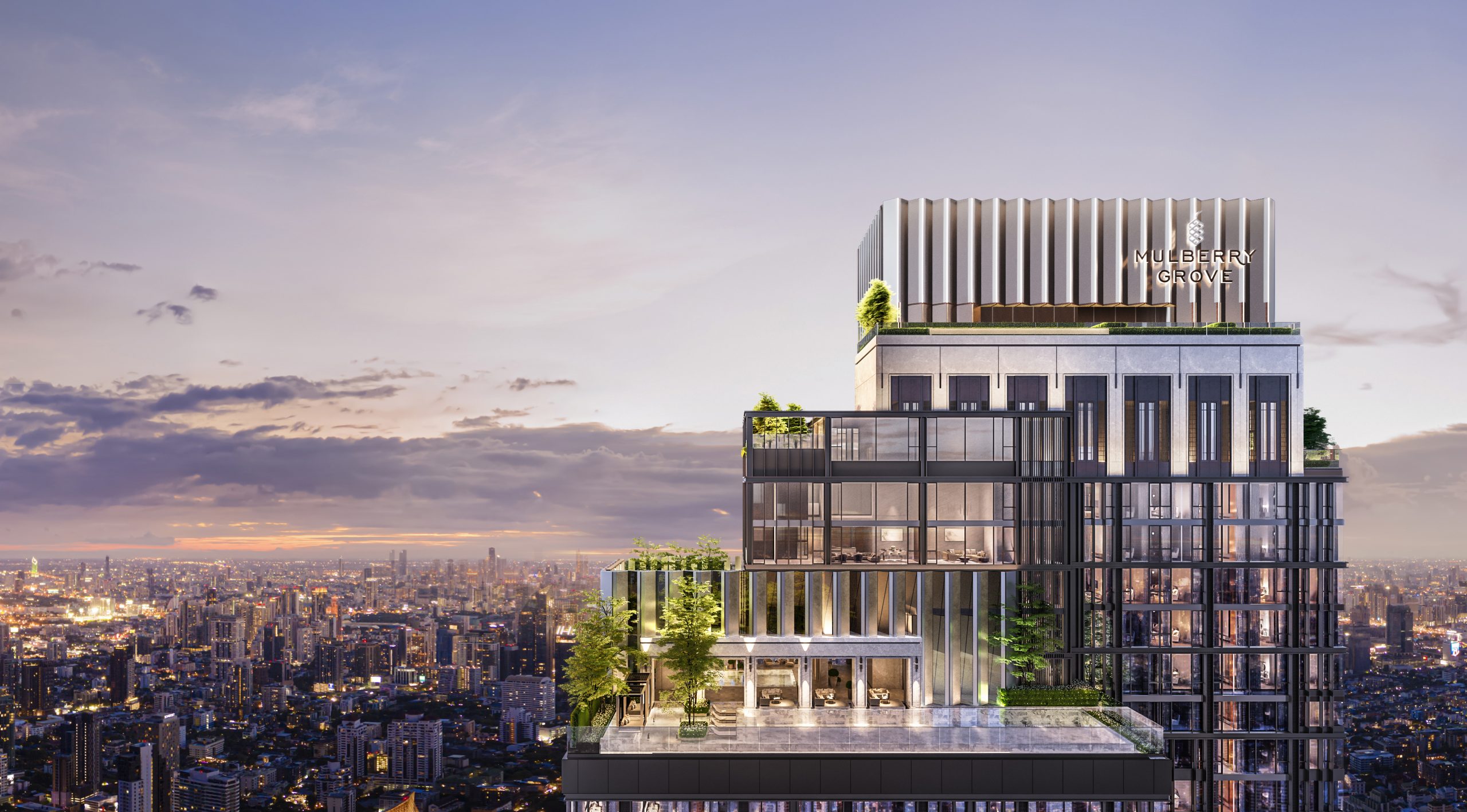
With approximately 18% of its population—almost one in five people—now aged 60 and above, Thailand is inching closer towards becoming a full-fledged ageing society. At this rate, the UN predicts, over 30% of the population will be sexagenarians and older by 2035.
Thai developers have been enterprisingly cognizant of this demographic shift—perhaps none more so than Magnolia Quality Development Corporation (MQDC), whose widely acclaimed R&D arm, Research & Innovation for Sustainability Centre (RISC), found in a recently conducted study how filial piety still holds powerful sway over the Thai people, even those based in cosmopolitan Bangkok.
“Our research revealed people are experiencing less happiness because they are engaging less than ever with family members, are under a lot of societal pressure, and desire more privacy,” observes Roongrote Chongsujipan, senior vice president for MQDC. “We knew from the beginning of our research that families tend to live away from each other. How, then, can we bring them back together?”
The answer lies in a 4,000-square-metre corner plot in central Bangkok’s posh Ekkamai neighbourhood, where a hospital, an international school, and a BTS train line are all within walking distance. Set to rise is a vertical living solution for multigenerational families: Mulberry Grove Sukhumvit, a 150-metre tall tower “designed for the finest intergeneration living.”
“When we were choosing the location, the first priority was to not compromise on the needs of any generation—ours, our grandparents’, and those of our children. We wanted all generations to feel they belong to this project,” says Roongrote.
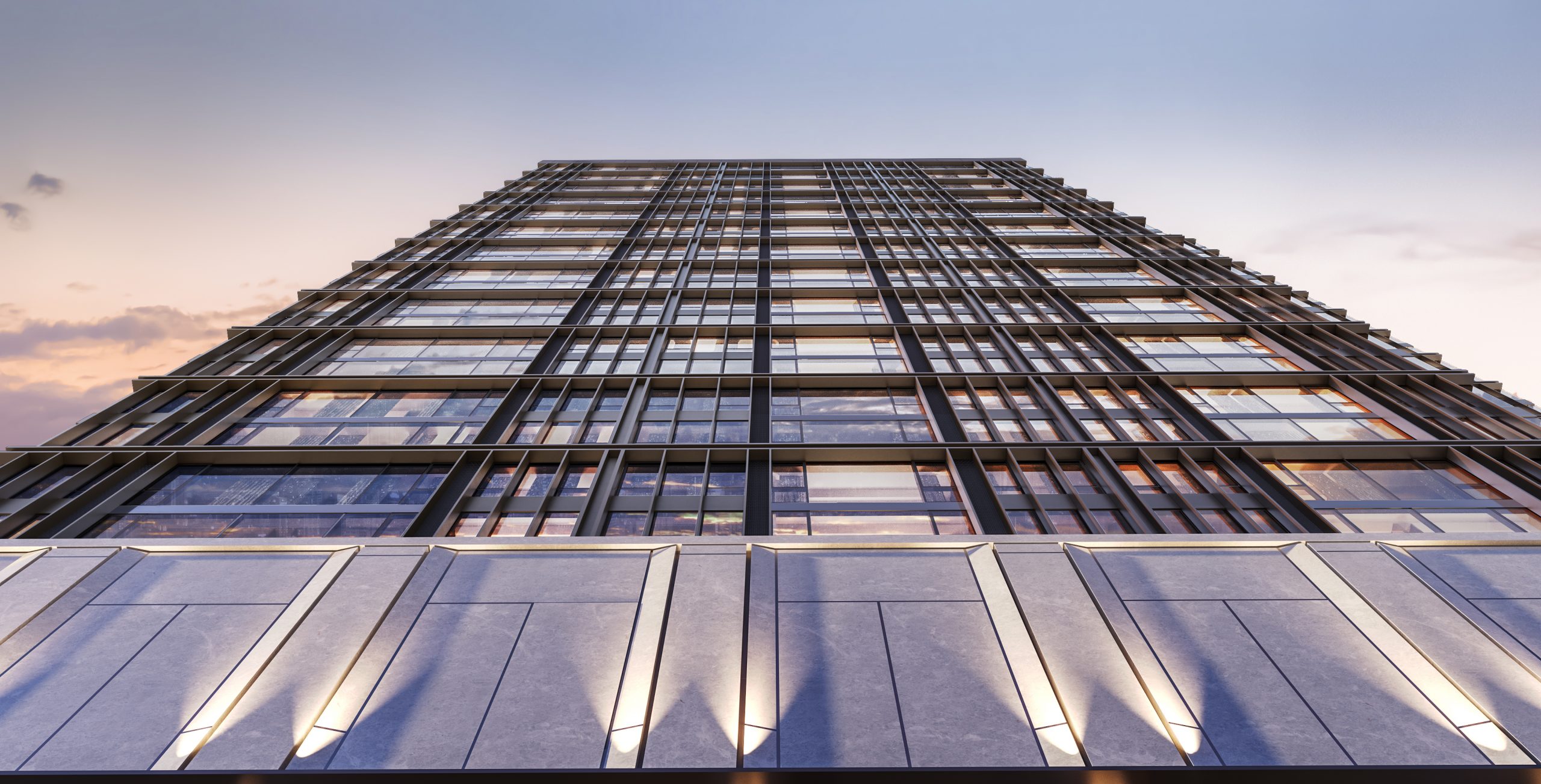
When MQDC shared their THB6 billion ($190 million) vision with Singapore-based architecture practice HB Design, the design brief was “very deliberate”, recounts Hans Brouwer, director and design lead for HB Design. “It was not a brief about form or anything else, but a concept—‘multigenerational city centre, high luxury living’. That was a very clear directive that comes from the large amount of research they’d done on the marketplace. They were looking to create this product, in this location, to suit a particular market niche,” he relates.
In Asia, the intergenerational concept is generally delivered via a big house or plots of houses. There was a need, and we are filling that need with a product not often found in multi-unit residential developments
HB Design’s architects, who have worked with MQDC since 2014, had been designing for a different site when the opportunity came up with MQDC to change site specifications. The problem: the architects had already designed the building. “There was a kind of resistance to that change in the beginning really,” Brouwer recalls with a laugh, “but in the end, we got a much better product. Ultimately it became a really interesting, bigger project.”
Looming 37 storeys over Bangkok, the future 286-unit development offers generously cut units averaging 80 sqm—starting from 47 sqm for one-bedroom homes, anywhere between 87 sqm to more than 100 sqm for the two-bedrooms, and a choice of penthouses with up to five bedrooms, with interiors designed by LEO International Design Group Co., Ltd.
“In Asia, the intergenerational concept is generally delivered via a big house or plots of houses. There was a need, and we are filling that need with a product not often found in multi-unit residential developments. We designed this from scratch because there aren’t a lot of precedents for it. We created a new prototype or typology in high-rise, high-density, urban living that relates to the fundamental characteristic of the Thai household or any other Asian household,” says Brouwer.
Roongrote affirms: “It’s really the reverse of what the market is doing. Everyone’s trying to squeeze the unit down, reducing the size, but we are doing the opposite.”
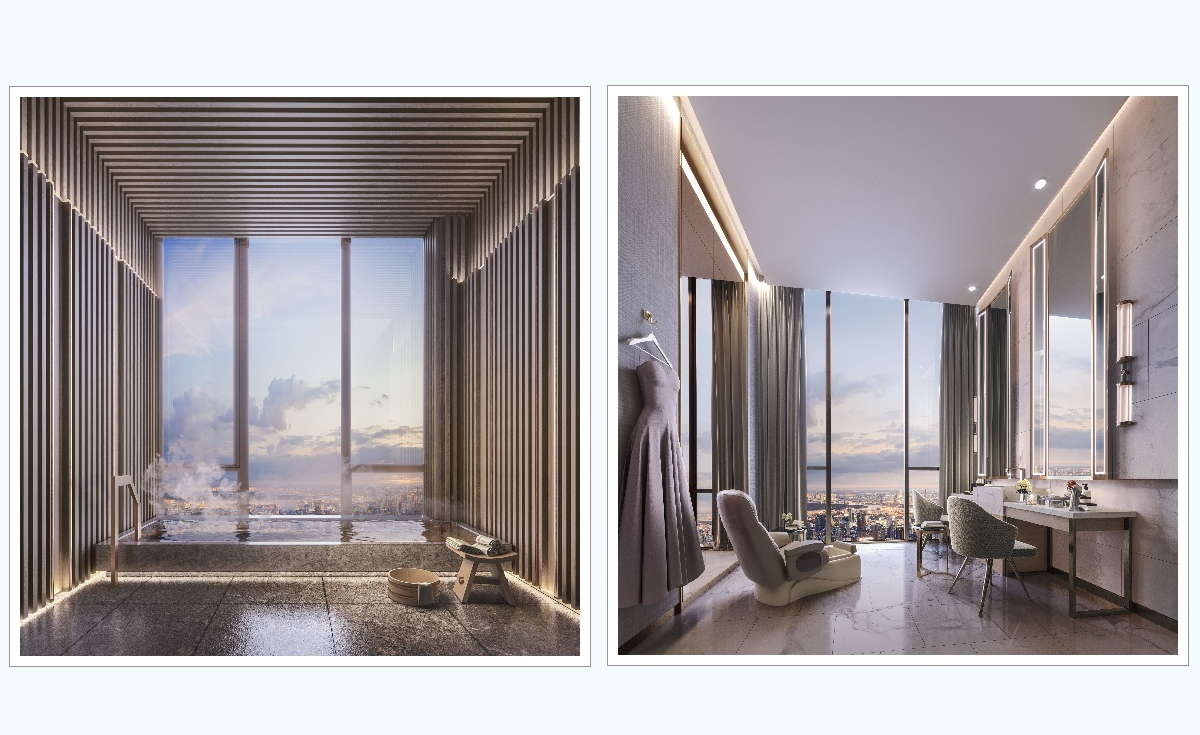
Most units in Mulberry Grove Sukhumvit are connectable, linked through doors that allow different members of the family to bond with their loved ones or, as bedrooms are detached from each other and often separated by the unit’s common areas, enjoy private time as they please. Spaces are designed in deference to the mobility needs of the elderly and people with disability. Corridors are 1.8 metres wide, enough for two wheelchairs to run side by side. “Your parents can buy one unit, and you can buy another, and these can be connected in the future,” explains Roongrote.
Although easily accessible from some of Bangkok’s most advanced hospitals, Mulberry Grove Sukhumvit will provide its residents with free, 24/7 access to a medical caregiver. “We were worried the elderly would prefer to live in big landed homes with gardens, but we’re bringing all the features and facilities that housing couldn’t have,” says Roongrote.
Instead of creating narrow, deep living rooms, as architects are wont to do with high-density commissions, Brouwer’s team flipped such dimensions sideways, increasing the width of the frontage—up to 20 metres in the two-bedroom units. “It’s an act of generosity from the point of the developer to say, yes, I will go with that because it does cost more money. In doing so, I think we radically changed the experience of the living-dining experience,” says Brouwer. The design strategy highlights the floor-to-ceiling windows, which has uninterrupted views of the Chao Phraya River to the south and the frenetic Ekkamai and Thonglor neighbourhoods to the north.

Despite Bangkok’s height regulations, Mulberry Grove Sukhumvit has been able to maximise its building envelope, elevating the first batch of units above surrounding low-rises. “We didn’t want to have units start in the zone where their views are compromised. From the lowest unit all the way to the top, families can enjoy similar views at varying heights,” says Brouwer.
Liberated balcony spaces allow architects to innovate with The Nook: a multi-purpose room in the unit that can either be closed or opened to the outdoors. The elderly can even use it to build a fishpond. “It went through quite a few iterations. We tested it with the client and the design team. It’s a bit like a hybrid vehicle,” says Brouwer, likening the space to winter gardens.
The ground floor of the development hosts three distinct zones of amenities, including coworking spaces and a nursery area. The mid-tower area is home to wellness and physical activity venues, including swimming and hydrotherapy pools, a gym, massage room, spa, and more, minded by a designated wellness manager. Some 130 metres above ground, residents and guests can congregate on the rooftop’s social lifestyle suite, where, on the same floor, the residents’ lounge offers complimentary afternoon tea sips to the tune of a grand piano.
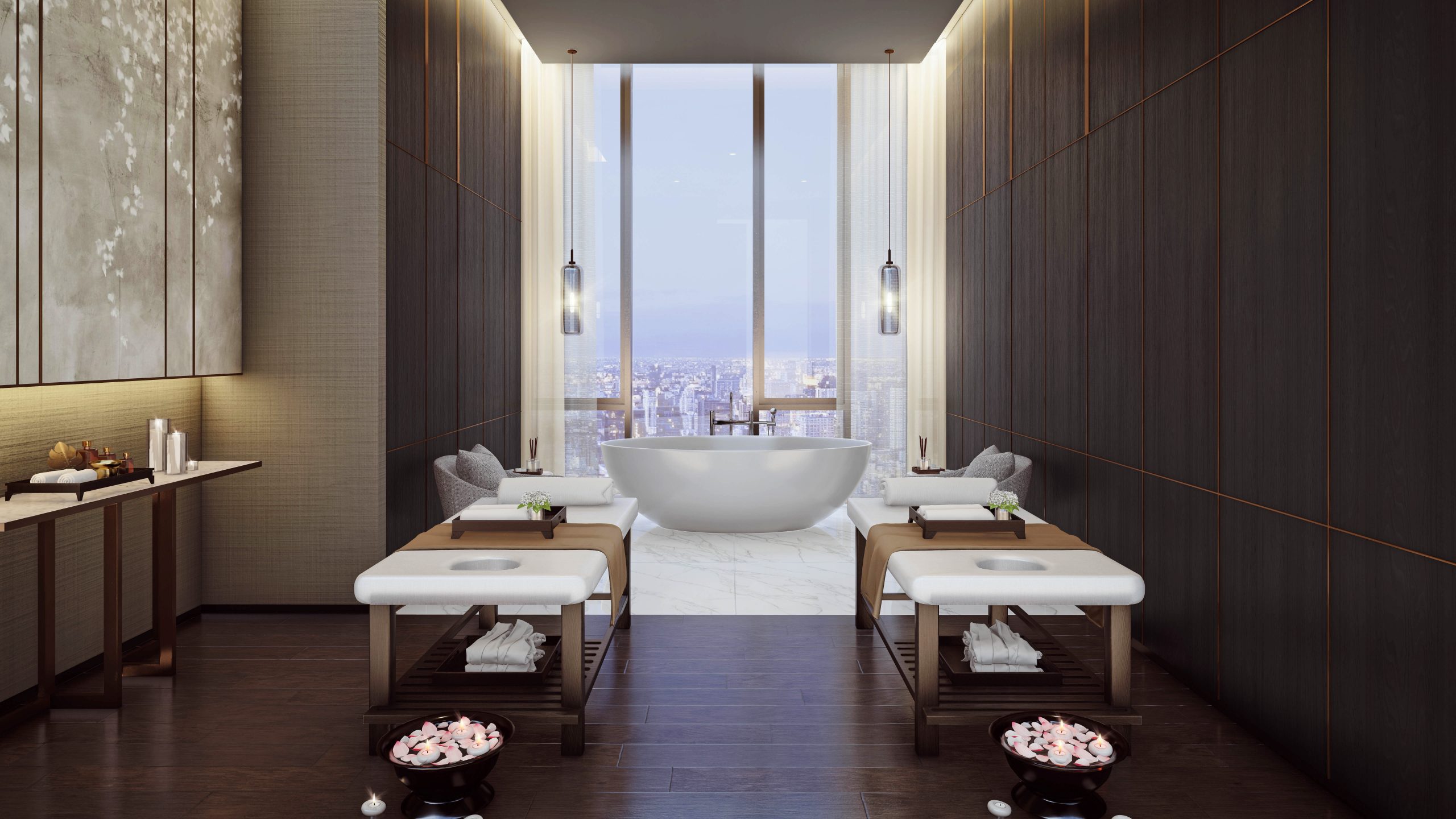
“We’re not saying we’re replacing the city, but it’s a much more diversified environment within which to spend more time. We’d like people to go out but there’s also a lot to enjoy onsite,” says Brouwer.
MQDC was adamant the designers not make the building “too flashy”, lest they put off older property seekers. The building form eschews the smooth, steel-and-glass boxes typical of late-20th century towers and opts for a volume broken into different massing, with vertical fins on the façade and a palette of bronzes, beiges, and browns.
“It looks like multiple towers clustered together. We drew inspiration from the art deco period, albeit with a sense of embellishment. Horizontally, it is distinguished between the ground, which has a solid, stone-like quality versus the superstructure, which is more glass and aluminium,” explains Brouwer.
From the landscaped driveway and the lobby to the penthouse, the journey through the building will be akin to a “six-star experience,” he adds.
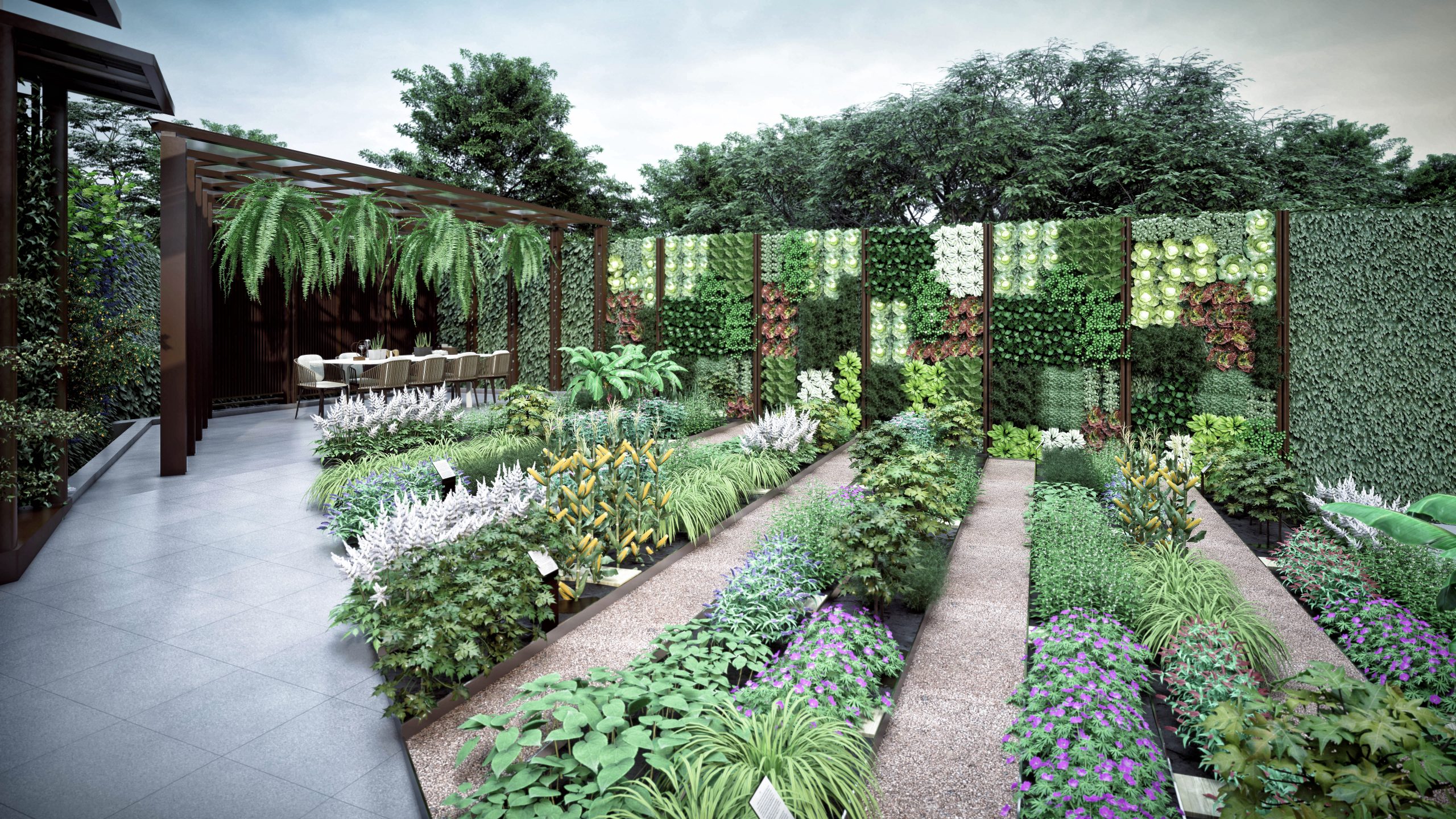
Construction will commence as early as the fourth quarter of 2020, with completion scheduled for 2023. A sales gallery opened in February before the pandemic closed it down. However, transactions have since resumed and “exceeded” the developer’s expectations, Roongrote claims.
One visitor to the gallery left an impression on him. “We had a grandmother who came to the gallery, who used a stick to point at each of the project’s functions. And she said, ‘I really like it.’ We’re taking that as a good sign since a lot of purchase decisions are still made by the elderly,” he concludes.
This article originally appeared in Issue No. 162 of PropertyGuru Property Report Magazine
Recommended
Meet the vagabond architect behind India’s housing scene
Vinu Daniel is helping to shake up India’s home building setting
Where Asian real estate stands in a fragmented, warmer world
Asia’s real estate industry faces many and varied challenges as external factors continue to bite
6 sights to see in Singapore’s Marine Parade
Handily located Marine Parade has emerged as a vibrant investment choice in the Lion City
There’s a township dedicated to health and wellness in Malaysia
Property seekers have their health needs catered for at KL Wellness City





